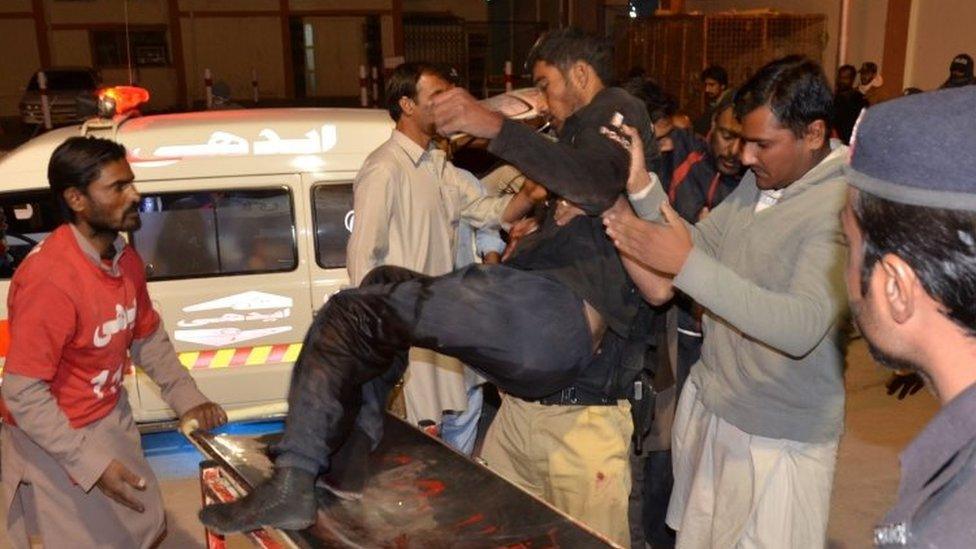Viewpoint: Pakistan's Quetta attack blame game
- Published
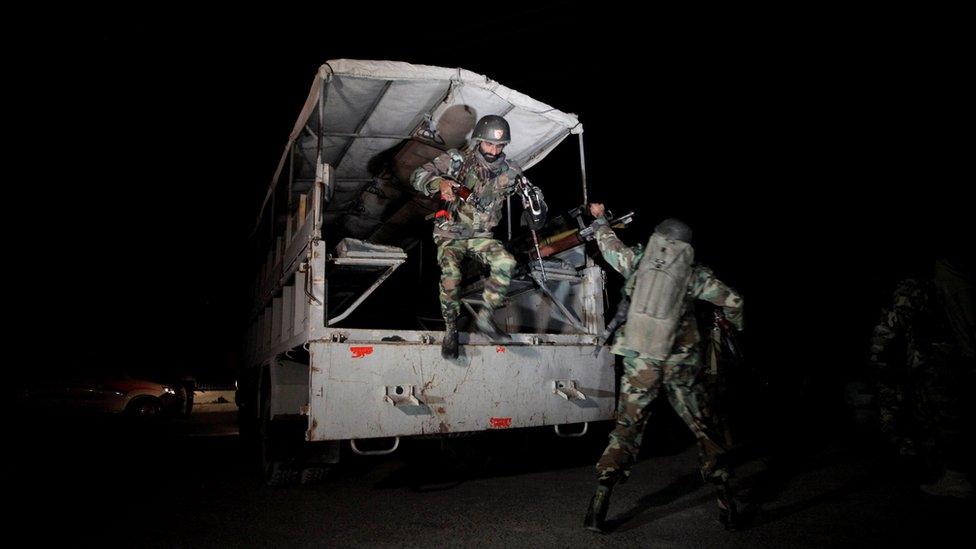
The attack on the police college carried on until nearly dawn
The attack that killed 61 police cadets in Quetta has once again been followed by a government-led blame game. But the government has not faced up to its own failure to conduct a comprehensive counter-terrorism strategy against all extremist groups.
Within a couple of hours of the attack on the Quetta police college on the night of 25 October, and even before sifting through the bloody evidence or taking statements from the 120 injured, government ministers immediately accused Afghanistan of helping the militants, who according to the government, belonged to an extremist anti-Shia group Lashkar-e-Jhangvi (LeJ).
A few hours later, several groups claimed they carried out the attack but the most believable was the claim by so-called Islamic State (IS), as it also issued a photograph of the three heavily-armed assailants, who blew themselves up in the attack.
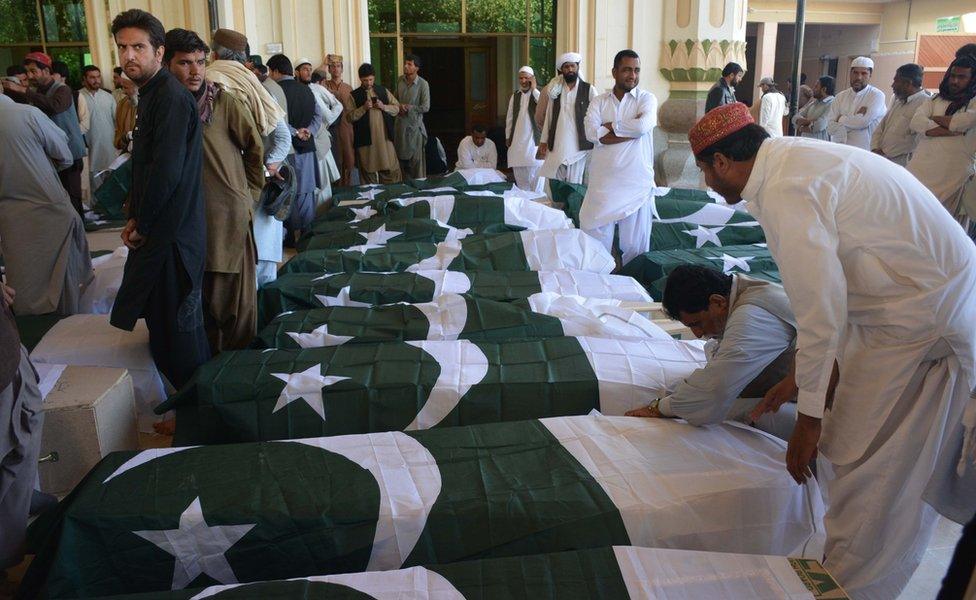
The attack killed 61 police cadets
The authorities however are in a state of denial about the presence of IS on Pakistani soil. After IS released the photograph, the government claimed that IS had ''outsourced'' the attack to Lashkar-e-Jhangvi.
It is not the first time the government has dismissed a claim by IS. In August, IS said it carried out the suicide bombing of a hospital in Quetta that killed 70 lawyers and patients - a claim that was ignored by the government.
Convenient scapegoat
The government claims to have eliminated LeJ in its two-year-long counter-terrorism operations. But the LeJ is still a convenient whipping boy when Islamabad is trying to deny that IS has political support in Pakistan.
Accepting that IS is prevalent in Pakistan would make a mockery of the government's claims to have eliminated all terrorist groups that attack Pakistani citizens.
Denying that IS is in Pakistan has become standard operational procedure for the government.
However IS has a powerful presence just across the border in Afghanistan's Nangarhar province. This week IS militants killed 30 civilians in Ghor province in central Afghanistan.
US drones and warplanes have killed dozens of IS fighters, as have the Taliban, who see IS as an interloper on their territory. Moreover, the US commander in Afghanistan, General John Nicholson, has repeatedly said that most IS fighters in Afghanistan are former Pakistani Taliban who have switched loyalties. Thus it is obvious that IS is trying to create chaos on both sides of the border.
The government has also provided no evidence of its second major accusation that Afghanistan, with help from India, is involved in arming and training LeJ so that it can launch attacks in Pakistan.
Afghanistan is hardly in a position to orchestrate such attacks. And there is no evidence of any direct Indian involvement, although Prime Minister Narendra Modi has made no bones about his desire to see unrest in Balochistan in a tit for tat retaliation for Pakistan allegedly fuelling unrest in India-controlled Kashmir.
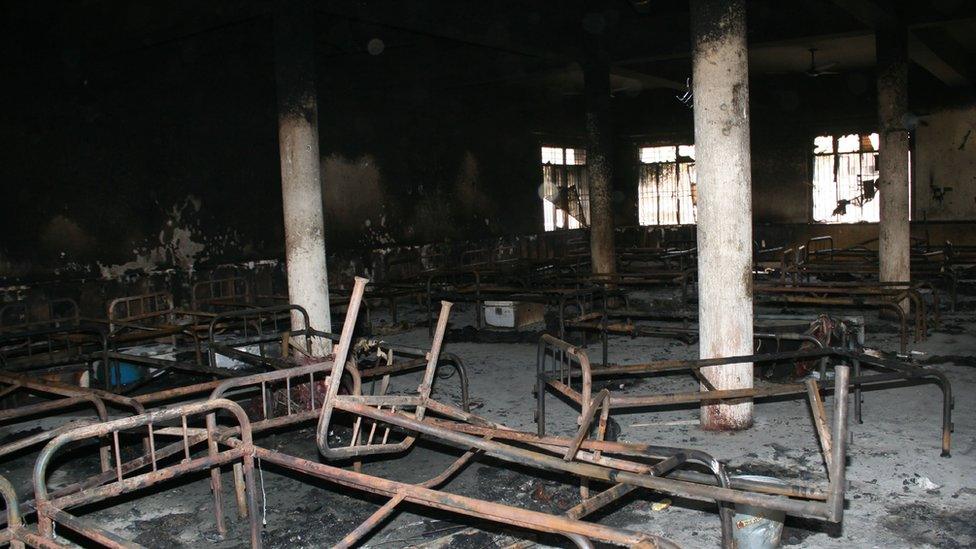
Gunmen headed for the college's dormitories after storming the gates of the facility
Afghanistan is beset with civil war - five provincial capitals are presently under siege - it does not control the border regions between Pakistan and Afghanistan where IS is active, and it is equally difficult to believe why LeJ - a virulently anti-Shia group - should be undertaking acts of terrorism at the behest of the Afghan government. In fact, LeJ has carried out several attacks on Afghan Shias who belong to the Hazara minority.
For Pakistani authorities, passing the buck has become the standard response to any terrorist attack. Yet the government and army promised two years ago that its first task would be to cleanse Pakistani soil of terrorism, that it would set its own house in order.
The military has eliminated many groups that have threatened the state but two sets of extremist groups remain untouched.
Comprehensive strategy
The first are the Afghan Taliban and the Haqqani network, whose leadership is settled largely in Quetta and Peshawar and now partly in Iran.
The Afghan Taliban come and go at will between Pakistan and Afghanistan. Last year Islamabad made serious efforts to persuade them to open talks with the Kabul regime but that effort has collapsed.
However, the real threat is that many militant groups receive protection and sanctuary from the Afghan Taliban in Afghanistan. These include multiple Pakistani groups, including the highly toxic Pakistani Taliban as well as al-Qaeda and groups from Central Asia, China, Chechnya and elsewhere.
The Pakistani Taliban living under the protection umbrella of the Afghan Taliban in Afghanistan have carried out numerous cross-border attacks into Pakistan, killing hundreds of people as far as Karachi and Lahore. Yet the Pakistani authorities continue treating the Afghan Taliban as guests in Pakistan. There seems to be no pressure on the Afghan Taliban to renounce their links with the Pakistani Taliban and hand them over to Pakistan.
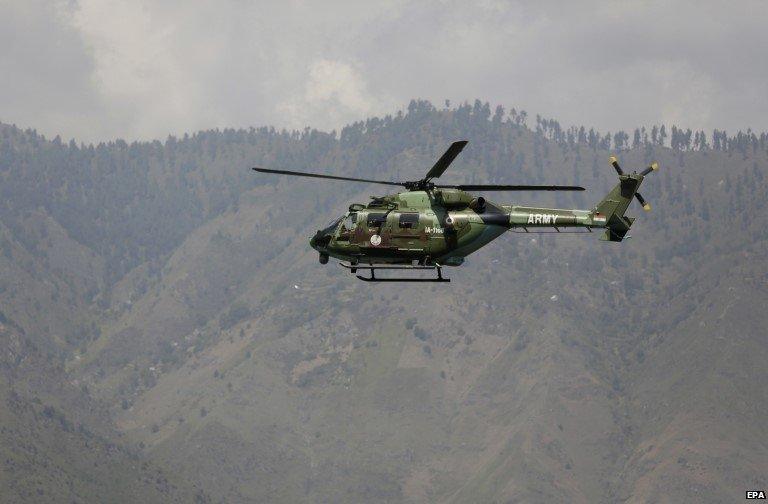
Attacks in Indian-administered Kashmir have raised tensions between India and Pakistan
The second grouping is the plethora of Punjabi groups that live in Punjab province along the border with India. Their significance has risen in recent months with their repeated attacks on Indian security forces in Indian-administered Kashmir that have created a heightened tension between India and Pakistan.
It is unclear if these attacks were carried out by militants already in Indian-administered Kashmir or from the Pakistani side. The Indians believe the latter, while Pakistan insists there are no cross border attacks.
Pakistan clearly needs to deal with these two sets of groupings in a more mature, realistic and believable fashion. All major terrorist groups that started from Al-Qaeda have found a home in Pakistan at one time or another and it is clearly necessary that they should all be tackled comprehensively rather than selectively. It is equally important that the government accepts the fact that IS has a presence in Pakistan.

Ahmed Rashid
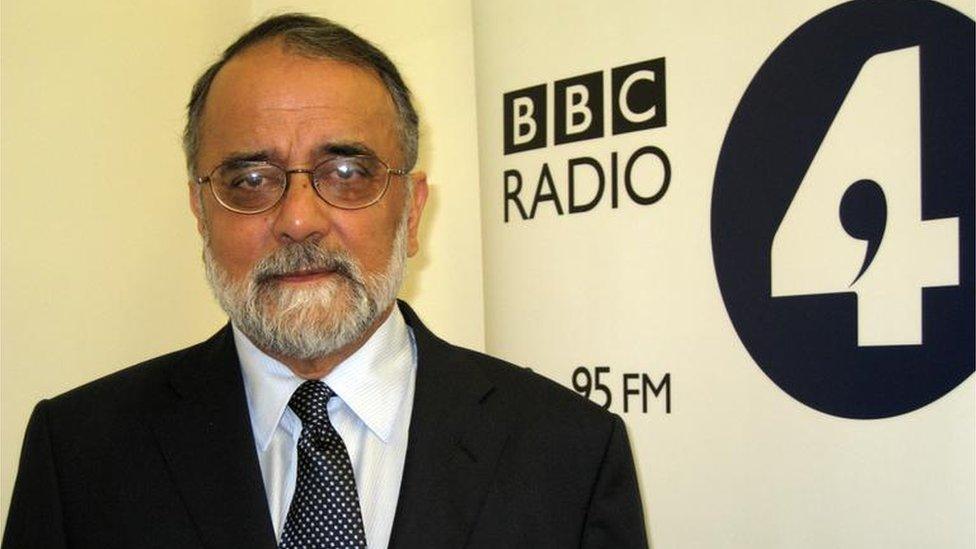
Ahmed Rashid is a Pakistani journalist and author based in Lahore
His latest book is Pakistan on the Brink - The Future of America, Pakistan and Afghanistan
Earlier works include Descent into Chaos and Taliban, first published in 2000, which became a bestseller
- Published25 October 2016
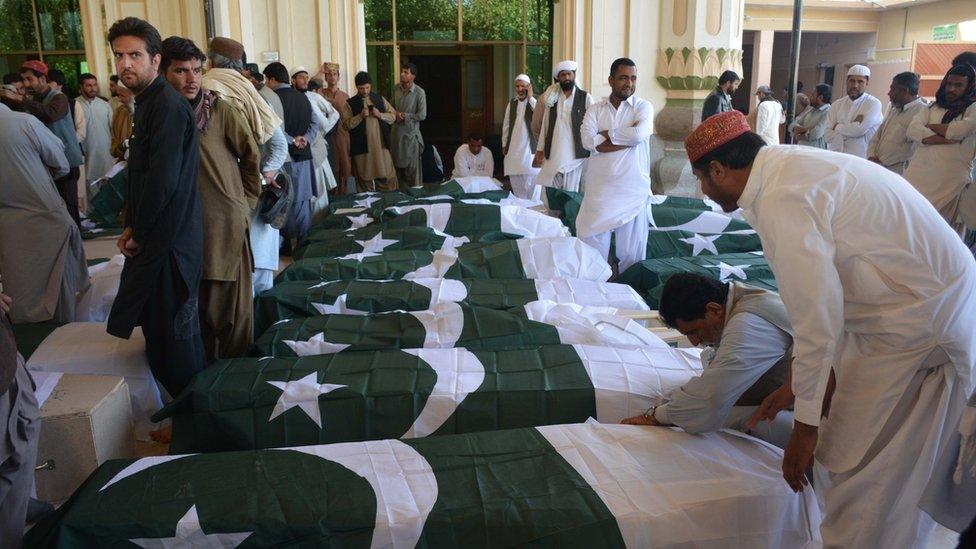
- Published11 January 2013
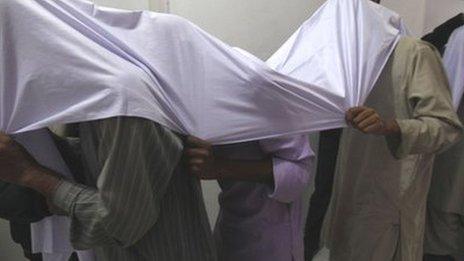
- Published12 August 2022

- Published25 October 2016
